“This Indenture Made . . .”: The Importance of Local Land Records in Genealogical Research

We come and go, but the land is always here. And the people who love it and understand it are the people who own it–for a little while.
Willa Cather, O Pioneers!
There are many types of land transactions, but in today’s blog we’ll explore the particular genealogical value of local land records and how you can use them to further your research.
These actions between parties, also known as conveyances, take place mostly under the authority of the county government.
From the moment European settlers arrived on the Atlantic coast, obtaining cheap land on which to settle and farm was a priority. The vast majority of them had never owned land in their countries of origin because only the wealthy could afford to buy it, often in large tracts. The opportunity to possess and work one’s own parcel of land in the New World was enticing to those who could not do so in Europe. A process developed that allowed orderly transfers of land from one owner to another which were then recorded in deed books, most of which have existed right from the establishment of permanent settlements. These records were considered so critical that if a courthouse was severely damaged or destroyed, deed records were the first to be reconstructed afterward.
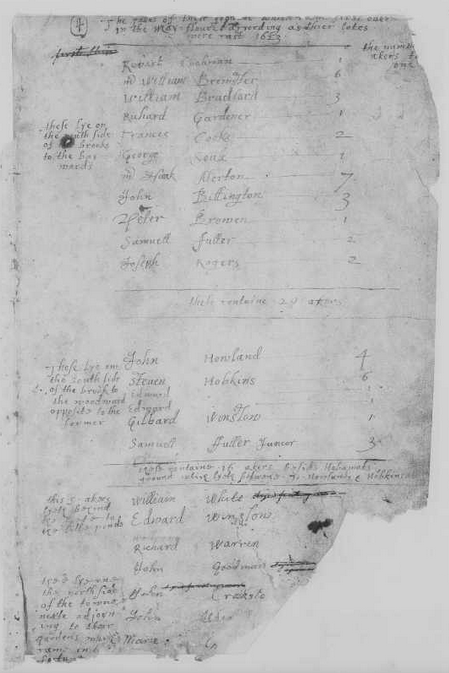
Plymouth Colony Records, Deeds, &c, Vol. I 1627-1651 is the oldest record book of the Plymouth settlement (Fig. 1). It begins with the 1623 Division of Land, recorded in the handwriting of Governor William Bradford. The lands of William Bradford were among those designated as “’their grounds which came first over in the May Floure, according as thier lotes were case’” and described in this way “’these lye on the South side of the brooke to the baywards.’” Along with the contract of sale, parties to the contract, bounds, and terms were also required to be recorded into the colony’s book.
The genealogical value of deeds is that they are often the only records which state a direct relationship between family members. They can also be used to prove relationships indirectly by studying the land laws in force at the time. As far as concerns married men, deeds contain the names of their wives, but they also contain other statements of relationship. If any reasonable possibility of finding a relationship in a deed exists that will help solve a genealogical problem, by all means look for that deed.
What Kinds of Deeds Are There?
Deeds and related documents, also called instruments, can be found in deed books. Deed types include trust deeds, gift deeds, deeds of release, warranty deeds, and partitions. You may also find documents such as dower releases, leases, mortgages, and powers of attorney.
What’s In A Deed?
The content of deeds varies, but they usually follow a standard format (Fig. 2). The following list of deed components comes from the FamilySearch Wiki:
- Type of legal instrument it is (warranty deed, quitclaim, mortgage, trust, etc.)
- Date of sale (usually at beginning and end of deed)
- Date of recording (may take place many years later, indicating a change, such as death or change of location of property owner)
- Names of grantee (buyer) and grantor (seller)
- County and state of residence
- Granting clause, specifying interest being transferred and consideration (money)
- Property description (in metes and bounds or township and range)
- Nature, conditions, and considerations (acknowledgment of payment to seller; statement that property can be sold or inherited; statement that title on land is valid; recital clause stating how seller got land; warranty clause that seller will be liable to buyer in case of later land problems)
- Dower release (acknowledgment that wife is letting land be sold of her own free will) or a curtesy right (life interest which husband acquires in lands of his wife upon her death, provided they have children capable of inheriting)
- Signatures (copied into deed book)
- Names of witnesses

Why Are Deeds Genealogically Valuable?
Attorney and genealogist Val D. Greenwood calls land records “the genealogist’s ‘bread and butter,’” and for good reason. They can provide important clues to family relationships. Wives are included, which helps identify the husband. Sometimes a parent conveyed land to a child when the child married or reached the age of majority. If you find a deed mentioning “for love and affection” instead of monetary payment, it suggests a familial relationship between grantor and grantee. The same can be true if land is sold to someone for a very small sum, such as five shillings or one dollar. Deeds also provide evidence of collateral relationships. However, if a deed mentions people other than the grantor and grantee, there might be a relationship involved, but you probably wouldn’t be able to find evidence of it because those names will not be indexed.
Deeds are also important because they name the places of residence of the grantor and grantee, and especially so if the person you’re looking for is from another place. If someone bought land in a country before moving into it, you know where he was coming from before he moved. Conversely, if he sells the land after moving out of the county, you know where he went. Also, sometimes land descriptions can help differentiate between one or more men with the same name within a county.
How Do I Search For A Deed?
You need to search the deed index of your county of interest to find a deed. Counties adopted different methods of indexing, so it’s important to understand how a county’s indexing system works. Many indexes contain frontal information about how to read the index, so be sure to look first for directions on how to use it.
Most local land records are indexed by grantor (the seller, Fig. 3) and grantee (the buyer). They’re usually separate indexes but are sometimes combined. If there’s more than one grantor or grantee, only the name of the first person in the deed is given, followed by “et. al.” (among others) after the first name. Most indexes are usually alphabetical only by the first and/or second letter of the surname, then alphabetical by first name, then chronological, so you’ll need to read through the whole index of the initial letter of a surname to find all entries for that surname. Remember to consider ALL possible spellings of the name.
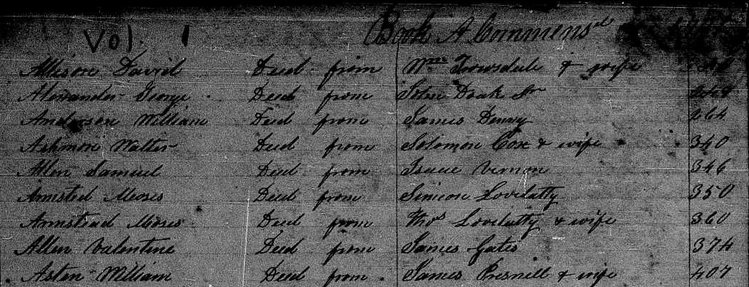
A few caveats: A person may not be in an index. Maybe you’re not looking in the right place, or maybe it wasn’t recorded. The law doesn’t require such acts, but recording provides protection for landowners and it’s up to them to obtain that protection.
You have to use indexes to find deeds, but it’s much easier to access deed indexes these days because so many of them have been microfilmed and/or digitized with the deeds. The free site FamilySearch is a great place to check first for digitized deed indexes and deeds. Be sure to set up your free account first so you can see the images. Enter your county of interest in the FamilySearch Research Wiki search box to access information about, and access to, that county’s land records. For example, enter “guilford county north carolina” in the search box on the wiki homepage. It will take you to the Guilford Co., North Carolina page (Fig. 4). Scroll down until you see “Land and Property Records” in the left sidebar and click on it. Then you’ll see information about this county’s land records and links to images on FamilySearch or other online locations.
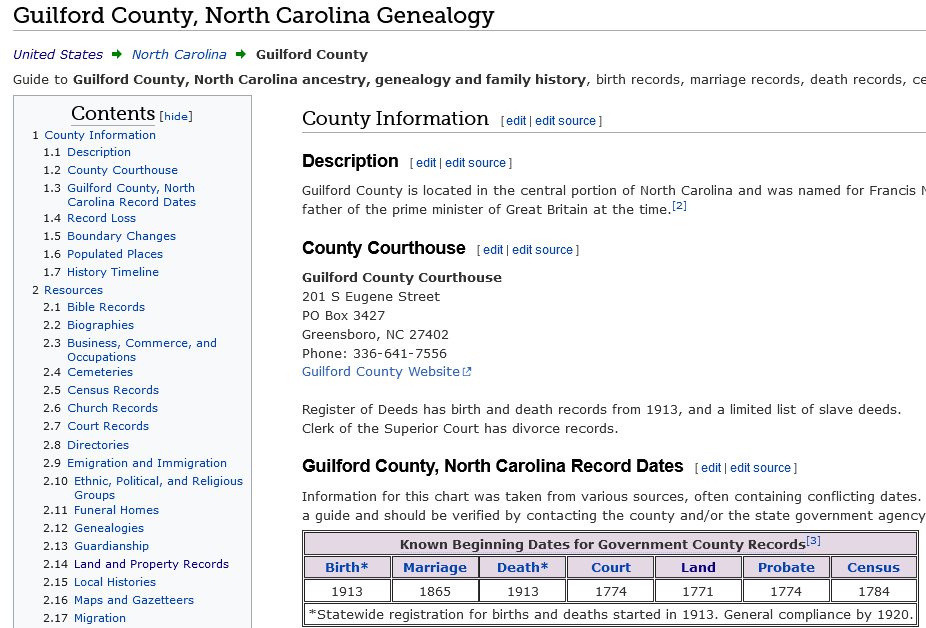
How Do I Get A Copy of A Deed?
If deed indexes and/or deeds in your county of interest haven’t been digitized, or you don’t have access to microfilmed versions, you’ll need to contact the proper county official who maintains custody. Their job titles vary, so check your county of interest’s web site to find out who maintains deeds and indexes and how to get copies.
To learn more about land records, check out these titles, all available at Grapevine Library:
- FamilySearch Wiki; United States Land and Property
- Greenwood, Val D. The Researcher’s Guide to American Genealogy, 3rd ed., Chapter 19 – Local Land Records
- Hone, E. Wade. Land & Property Research in the United States
- Szucs, Loretto Dennis and Sandra Luebking. The Source; A Guidebook to American Genealogy



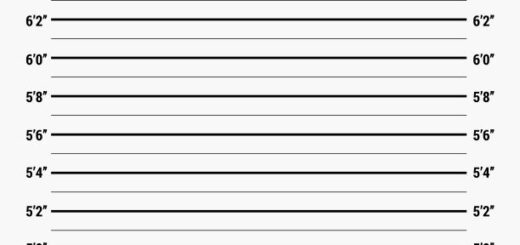
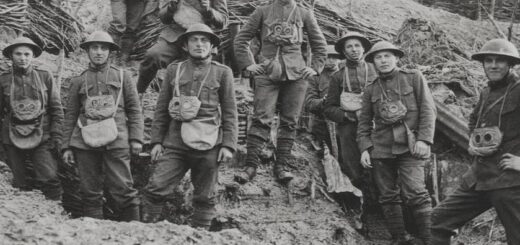
Recent Comments